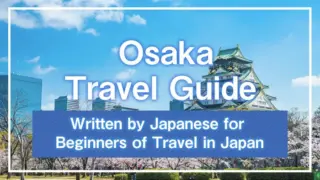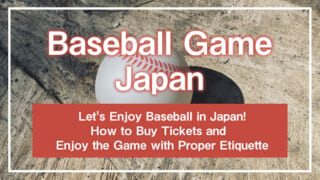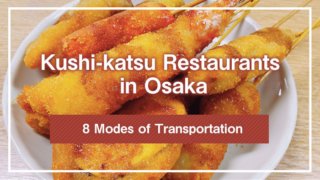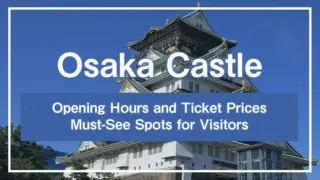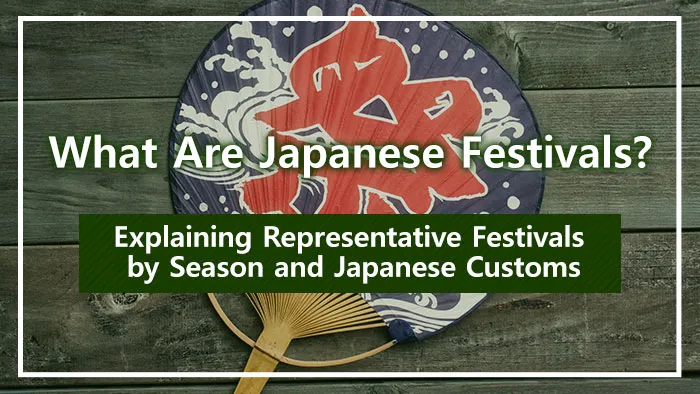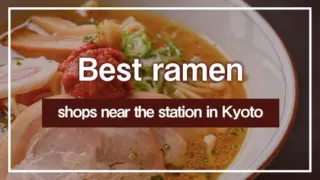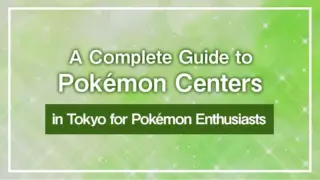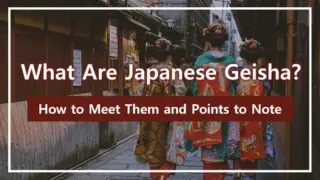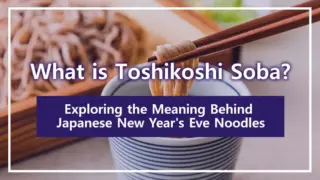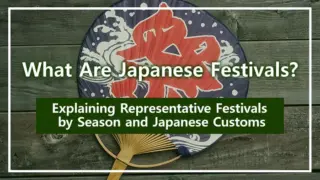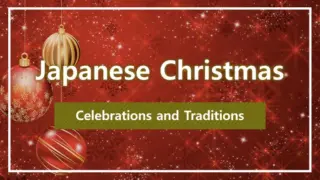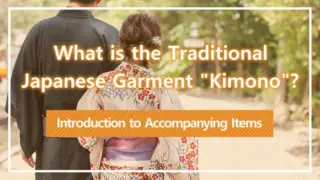Japanese festivals (Matsuri) are cultural events that express gratitude to the gods and nature while deepening bonds among people. Originally begun for purposes such as praying for bountiful crops and warding off misfortune, they are now cherished as festivals where regional traditions and creativity thrive.
Festivals held throughout the country include vibrant ones where mikoshi are carried through towns, and lively celebrations that combine fireworks, dances, and food stalls. By experiencing these festivals, you can feel the warmth of local people and their culture, and truly appreciate the diverse charms of Japanese culture.
This article introduces the characteristics of representative Japanese festivals and major events held throughout the four seasons. Please use it as a reference when planning your travels.
1. What Are Japanese Festivals (Matsuri)?
引用:unsplash.com
Japanese festivals are traditional regional events held at fixed times each year throughout the country. While their scale and content vary, they have purposes such as celebrating bountiful harvests, good health, and historical events. Festivals where shrine deities are placed in mikoshi and paraded through towns are particularly noteworthy with many highlights.
Beyond simply watching as spectators, some festivals allow participation in dances through advance registration. By engaging with festivals, you can directly feel the culture and human connections of that place.
1-1. The Meaning and Origin of Mikoshi
引用:unsplash.com
Mikoshi (portable shrines) are “divine vehicles” used only during festival periods to welcome the deity’s spirit from the shrine and parade through the community for purification. Records from the Nara period already show mikoshi, which later spread to cities and villages. The procession has been passed down as an act of dispelling calamities and praying for abundant harvests and community peace.
The phoenix atop the roof represents auspicious signs, and the designs of pillars and metal fittings vary by region. The up-and-down swaying motion by the carriers is meant to offer vitality to the deity, with festival music and chants coming together to enliven the streets.
When participating, follow rules such as wearing happi coats and tabi, observing procession signals, and safety regulations. When watching, you can enjoy the experience comfortably by following local etiquette, such as not blocking the path and being considerate of others when taking photos.
1-2. Representative Festival Foods
引用:unsplash.com
At Japanese festivals, food enjoyed at stalls is one of the great pleasures. The aroma of freshly cooked food and lively calls stimulate the appetite, allowing you to easily enjoy local flavors. Stall foods are centered on items that are easy to hold and eat while walking, beloved across generations. Here are some representative foods:
・Yakisoba
A classic dish of stir-fried pork and cabbage, with the savory aroma of sauce spreading through the air.
・Takoyaki
Bite-sized snacks with chopped octopus wrapped in fluffy batter, finished with sauce and bonito flakes.
・Ika-yaki (Grilled Squid)
Characterized by its savory aroma as squid is grilled while being brushed with soy sauce, perfect for eating while walking.
・Taiyaki
A sweet confection of fish-shaped batter filled with sweet bean paste.
1-3. Japanese Festivals and Fireworks
引用:unsplash.com
Fireworks are essential at Japanese summer festivals. Competitions are held throughout the country centered around July and August, captivating audiences with diverse performances including rapid-fire starmine displays, cascading waterfall-like set pieces, and shaped fireworks like hearts.
Food stalls line up around venues, bustling with visitors in yukata. Popular competitions can be extremely crowded, so if you want to secure a good viewing spot, utilize paid seating or tours. It’s important to enjoy safely by following venue rules such as prohibitions on bringing fire or drones and taking trash home with you.
2. Representative Festivals and Customs by Season
引用:unsplash.com
Japanese festivals and annual events are mirrors reflecting seasonal transitions and regional culture. Spring features events that ward off evil and celebrate growth, summer sees streets bustling with dances and fireworks. Fall showcases gratitude for harvests and float processions, while winter overcomes the harsh season with prayers and snow-covered festivals.
By understanding representative events according to your travel period, you can experience Japanese culture more deeply. Here are representative festivals and events by season.
2-1. Representative Spring Festivals and Customs
Spring continues with events celebrating “new beginnings.”
During Setsubun in early February, mamemaki (bean throwing) is performed at temples, shrines, and homes to ward off evil and welcome Risshun (the first day of spring). Many large venues have priests and toshi-otoko (men of the zodiac year) throwing fortune beans, with chants and drum sounds lifting spirits. Hinamatsuri on March 3rd is an event wishing for the healthy growth of girls, celebrating the special day by displaying hina dolls and offering shirozake, hishimochi, and chirashi-zushi.
Kanda Matsuri in May (Tokyo) is a festival at Kanda Myojin continuing from the Edo period, where gorgeous mikoshi and processions parade through the city center, praying for business prosperity and community peace. Also in May, Hakata Dontaku Port Festival (Fukuoka) is a festival representing Golden Week with total citizen participation.
Spring festivals have clear themes of warding off evil, praying for growth, and seeking prosperity, making them easy to enjoy for families and first-time visitors to Japan.
2-2. Representative Summer Festivals and Customs
Summer is the season when Japanese festivals are most vibrant.
During Tanabata, wish-written strips of paper are tied to bamboo branches. The giant bamboo decorations of Sendai Tanabata (early August) are spectacular, with lanterns illuminating the streets at night. Obon (mid-August in many regions, July in some) is a Buddhist event welcoming ancestors, with lanterns and bon odori coloring various places.
Aomori Nebuta Matsuri (August 2-7) features giant lanterns called “nebuta” with warrior paintings parading through streets, with the calls of haneto dancers and festival music echoing. Kyoto’s Gion Matsuri (July) highlights the Yamaboko Junko parade and the yoiyama of pre- and post-festivals, condensing townhouse culture and artisan craftsmanship. Tokushima’s Awa Odori (mid-August) is one of Japan’s premier dance festivals, known for the chant “dancing fools.”
Representative summer festivals can be extremely crowded, so securing paid viewing seats and return transportation in advance allows you to enjoy them with peace of mind.
2-3. Representative Fall Festivals and Customs
Fall focuses on gratitude for harvests, with floats and dedicatory performances taking center stage.
Nagasaki Kunchi (October 7-9) is the autumn grand festival of Suwa Shrine, where performances unique to the international city of Nagasaki, such as Chinese ships and whale spouting, are presented by each neighborhood. Against a background of cross-cultural exchange history, diverse dances and gorgeous floats continue, with advance arrangement of viewing seats allowing relaxed appreciation.
Kawagoe Festival (third weekend of October, Saitama) is a festival strongly retaining Edo-style float culture. Floats bearing dolls parade through town, and at night lanterns are lit creating a fantastical scene. “Hikkawase,” where floats compete with festival music at intersections, is the greatest spectacle, with the interplay of flutes, drums, and gongs drawing in audiences.
Fall festivals often coincide with autumn foliage season in many areas, making the combination of daytime temple, shrine, and castle town walks with nighttime lantern lights and festival music ideal. Harvest markets and local food stalls are abundant, allowing you to savor the tastes of autumn with all five senses.
2-4. Representative Winter Festivals and Customs
Winter’s charm lies in the contrast of prayers and snowy landscapes.
Chichibu Night Festival (December 2-3, Saitama) is one of Japan’s Three Great Float Festivals, known for gorgeous floats and fireworks, with the spectacle of pulling floats up steep slopes as a highlight.
Hatsumode (January 1-3) is the first shrine visit of the new year, with long lines forming at temples and shrines nationwide such as Sensoji and Meiji Jingu. It’s a quintessentially Japanese experience of receiving amulets and talismans at授与offices and setting heart on new year’s goals. Toka Ebisu (around January 9-11) is an event praying for business prosperity at shrines such as Nishinomiya Shrine and Imamiya Ebisu Shrine, bustling with bamboo decorations and fortune bamboo distribution.
Sapporo Snow Festival (early February, Hokkaido) is a major winter event featuring giant snow sculptures and illuminations, slides, and food stalls. Cold-region festivals require proper cold-weather protection, and having anti-slip footwear and heat packs makes for a comfortable experience. At night, as temperatures drop, snow sculpture illuminations shine brilliantly, perfect for photography.
Conclusion
Japanese festivals are not mere events, but rather “expressions of prayer and bonds” that give form to gratitude toward nature and ancestors. Spring celebrates the budding of life, summer builds excitement with dances and fireworks amid the heat. Fall offers gratitude for harvests, and winter sees festivals throughout the country finding hope in the harsh season. Every festival contains the pride and prayers that local people have passed down over many years.
When participating in Japanese festivals, understanding the origins and etiquette of events and respecting local rules provides a deeper experience. Through festivals across the four seasons, feel the richness of Japanese people’s lives and spiritual culture.
*This article is based on information available as of October 2025

